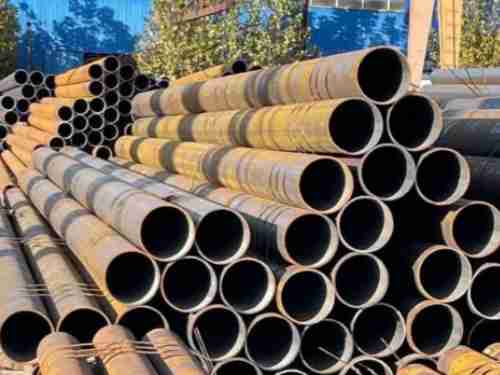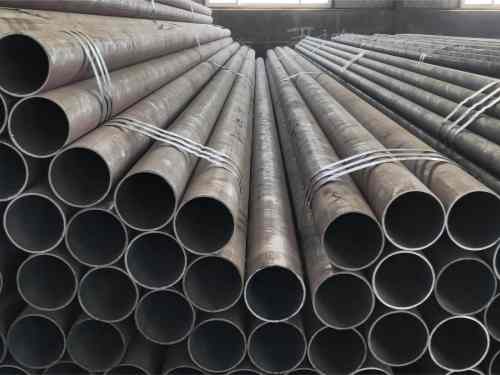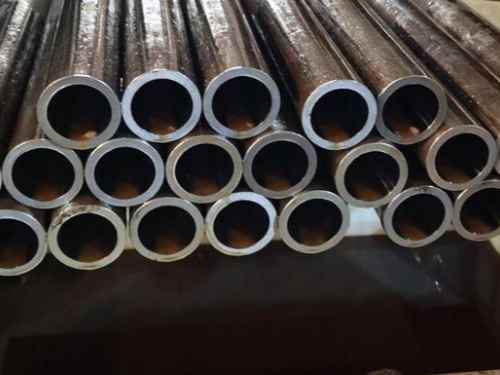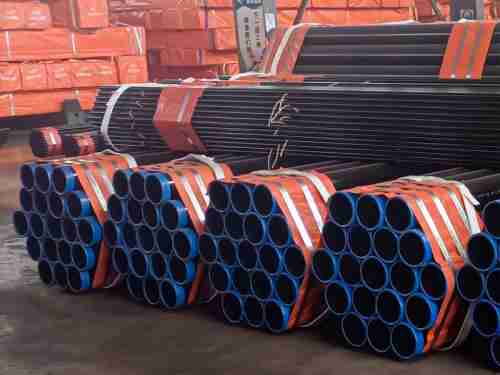Steel plates, as a common structural material, play a crucial role in engineering and construction projects. Their ability to withstand impact forces directly influences the safety and stability of various structures. But how much impact force can a steel plate endure?
- Material Composition and Bearing Capacity
The impact resistance of a steel plate is primarily determined by its material. Different steel types, such as low-carbon steel, medium-carbon steel, high-carbon steel, and alloy steel, exhibit varying mechanical properties and load-bearing capacities. For instance:
Low-Carbon Steel: With a typical yield strength ranging from 200 to 400 MPa, it can endure pressure between 200,000 and 400,000 Newtons per square meter before plastic deformation begins.
High-Carbon Steel or Alloys: These often have higher yield strengths, making them more suitable for applications requiring greater resistance to stress.
Choosing the appropriate steel material is fundamental to ensuring adequate bearing capacity.
- Thickness and Its Role in Strength
The thickness of a steel plate significantly influences its ability to withstand impact forces. Thicker plates provide more material to resist deformation, thereby increasing their load-bearing capacity. However, this comes with trade-offs:
Increased Strength: Thicker plates can absorb greater impact forces, improving structural stability.
Weight and Cost Considerations: Heavier plates may add to the overall weight of the structure and increase material costs.
Engineers must balance these factors to achieve both economic efficiency and structural safety.
- Characteristics of the Impact Force
The nature of the impact force itself—its magnitude, direction, duration, and frequency—also plays a critical role in determining a steel plate’s performance:
Static vs. Dynamic Loads: Static loads exert steady pressure, while dynamic impacts, such as sudden collisions or vibrations, subject steel plates to more complex stress and deformation patterns.
Duration of Force: A short, high-intensity impact has different implications compared to sustained, mild pressure. Steel plates must be selected or treated accordingly to handle these variations.
Designing for dynamic forces often requires higher safety margins and specialized materials.
Conclusion
The impact resistance of steel plates is influenced by a combination of factors, including material properties, thickness, and the characteristics of the applied forces. Engineers and designers must consider all these variables to ensure structural stability and safety.
In real-world applications such as bridges, buildings, or vehicle manufacturing, determining the optimal steel plate requires comprehensive mechanical analysis and, often, experimental testing. By carefully assessing these factors, projects can achieve the desired balance between performance, safety, and cost-effectiveness.

 English
English Español
Español











